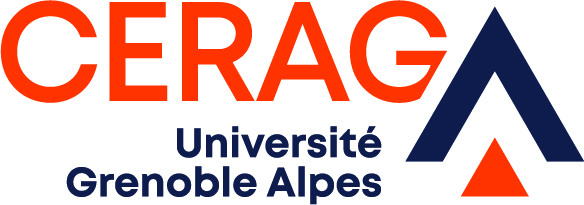Integrated Urban Modelling for Sustainable Policies: Considerations and Difficulties
Résumé
The numerous and interrelated pressures exerted by human activity on the environment make the identification of sustainable development pathways arduous. On the one hand urban areas, as focal points of human activity, concentrate most of these pressures in a direct or indirect way. Our civilization has turned worldwide into an urban one, with more than half the human population living in cities, an ever-increasing trend. Furthermore, urban sprawl is a ubiquitous phenomenon showing no sign of slackening yet, even in countries where rural depopulation has long been stabilized. Therefore controlling urban sprawl is a key sustainability issue. These challenges require a panel of policy measures at all institutional levels, but the local decision levels have more and more importance, especially in a ''think global/act local'' approach. Providing decision-making tools to support local ones in the implementation of this transition is then critical. In particular, it is necessary to evaluate policies in a quantitative way. Data collections and direct analyses can already provide significant insights, but in this context of strongly interrelated phenomena with indirect feedback loops, integrated modeling is a key tool. One of the first questions which then arise is what ''kind'' of integrated models could help to understand the main blocking points and to identify levers ? What should be the main components of such models and what could be adequate scale ? How to incorporate integrated modeling tools in the whole decision process ? ... Another type of questions is: what are the main limitations and what kinds of technical difficulties one is confronted with when dealing with local scale integrated modeling? The goal of this presentation is to share our considerations on those questions. Clearly, the problems posed by scale and spatialization are complex but essential. They naturally lead to flux issues of different and complementary types. First this results in material flow analyses as it is done in urban metabolism. It also results in land use and transport modeling as it is done in urban economy. Technical difficulties and challenges are numerous: they go from model calibration and convergence issues to uncertainty management. Model validation and data issues are also a very sensible... To illustrate the discussion, some examples of concrete projects conducted in STEEP research group will be presented.
Domaines
Modélisation et simulation
Fichier principal
 abstract_GIS_MU_2012-Lille-Conf-Flow_modeling_for_urban_development.pdf (71.59 Ko)
Télécharger le fichier
abstract_GIS_MU_2012-Lille-Conf-Flow_modeling_for_urban_development.pdf (71.59 Ko)
Télécharger le fichier
 Capture.PNG (132.32 Ko)
Télécharger le fichier
Capture.PNG (132.32 Ko)
Télécharger le fichier
Origine : Fichiers produits par l'(les) auteur(s)
Format : Figure, Image

